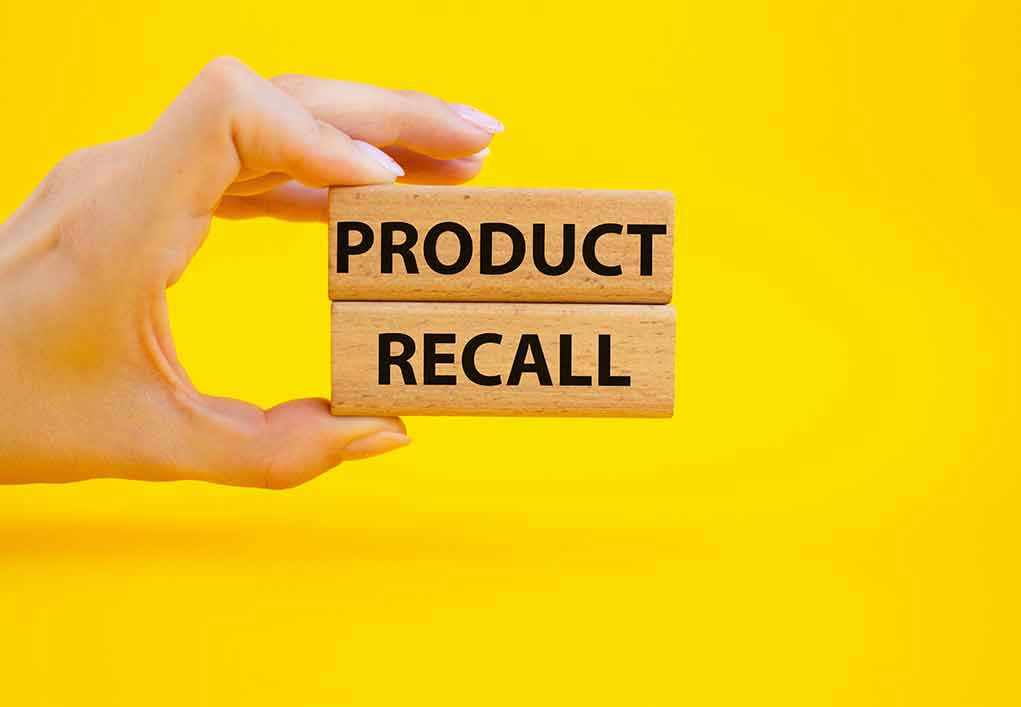
Four deaths, one fetal loss, and a quarter-million pounds of pasta pulled from America’s shelves—this is not the kind of recall anyone forgets, nor the kind you can simply ignore if you value your next meal.
Story Snapshot
- 245,000 pounds of pre-cooked pasta recalled after testing positive for deadly listeria.
- Outbreak linked to at least four deaths, nearly two dozen hospitalizations, and a fetal loss.
- Affected products sold at major retailers including Walmart, Kroger, and Trader Joe’s.
- Regulators and food companies scramble to contain fallout and restore public trust.
America’s Convenience Food Supply Meets Its Worst-Case Scenario
CDC investigators announced a 15-state listeria outbreak in June 2025, sending shockwaves through the heart of the American food chain. Nate’s Fine Foods, a familiar supplier for big-box stores and specialty grocers, became the epicenter after routine FDA tests found Listeria monocytogenes lurking in their pre-cooked pasta. The bacteria had already slipped through the cracks, landing in ready-to-eat meals, salads, and pasta dishes sold by household names. By the time the recall was announced in September, the outbreak had already claimed lives and upended the quiet certainty shoppers placed in their favorite brands.
Consumers who bought pasta for convenience found themselves checking recall lists and tossing products from their fridges. The outbreak’s reach—across major grocery chains and into countless kitchens—underscored just how vulnerable even the most trusted foods can be to invisible threats. Recalls ricocheted from chicken fettuccine alfredo to smoked mozzarella pasta salad, each announcement widening the circle of anxiety and loss. The ever-expanding roster of implicated brands and meals exposed the tangled web of modern food distribution, where a single contaminated batch can reverberate through dozens of products and millions of homes.
From FDA’s Lab to Your Kitchen: The Anatomy of a Recall
Federal regulators moved fast, but listeria is a formidable adversary. Unlike most bacteria, it thrives in cold environments, quietly multiplying in refrigerated foods while consumers remain oblivious. The recall on September 25 was only the beginning; by October 9, the FDA had published a sprawling list of contaminated products, each batch number and expiration date a potential vector for tragedy. Retailers yanked products from shelves and posted urgent warnings, but the damage had been done. The disease’s long incubation period meant more cases could emerge even after the recall, keeping the public and officials on high alert.
The real story lies in the human cost. Four families lost loved ones. One pregnant woman lost her child. Dozens more spent harrowing days in hospitals, many battling for their lives. Vulnerable groups—pregnant women, seniors, and the immunocompromised—bore the brunt of the fallout. For grocery stores and food producers, the financial repercussions were immediate and steep, but for those affected, the pain will linger long after the headlines fade.
How America’s Food System Became a Game of Russian Roulette
Listeria outbreaks are not new, but their frequency and severity expose fundamental weaknesses in the nation’s love affair with convenience foods. With prepared, ready-to-eat meals now a staple for millions, the margin for error is perilously thin. The 2011 cantaloupe and 2015 Blue Bell ice cream crises should have been sufficient warning; instead, the lessons learned were quickly dulled by the relentless demand for speed, efficiency, and mass distribution.
Nearly 245,000 pounds of pasta recalled in connection with deadly listeria outbreak https://t.co/C5Lgm1RFjA
— NorthJersey.com (@northjersey) October 14, 2025
Food safety experts point out that listeria’s resilience challenges even the best protocols. They stress that robust testing, instantaneous traceability, and transparent supply chains are not optional—they are the bare minimum for protecting public health. Yet, as this recall demonstrates, even these measures can falter. Calls for stricter oversight grow louder after each outbreak, but industry self-regulation and technological innovation remain unevenly applied. The result is a regulatory cat-and-mouse game where consumers are too often left as the unwitting losers.
Aftermath: Rebuilding Trust and Fixing the System
The immediate response to the outbreak was swift: recalls, advisories, and a flurry of public statements from retailers and regulators. Shelves were cleared, refrigerators scoured, and consumer hotlines flooded with calls. But the long-term implications are just beginning to unfold. Lawsuits are inevitable. Congressional hearings may follow. Brands implicated in the recall face lasting reputational damage and financial loss.
The broader food industry now faces a crossroads. Will this disaster finally force meaningful reform, or will it become another cautionary tale soon buried by the next crisis? The answer depends on whether American consumers, regulators, and food producers are willing to demand and deliver a safer, more transparent food supply. Until then, the threat of another deadly outbreak remains just a recall away.
Sources:
Times of India: Nearly 245,000 pounds of pasta recalled after deadly listeria outbreak
CDC: Listeria Outbreaks – Chicken Fettuccine Alfredo












